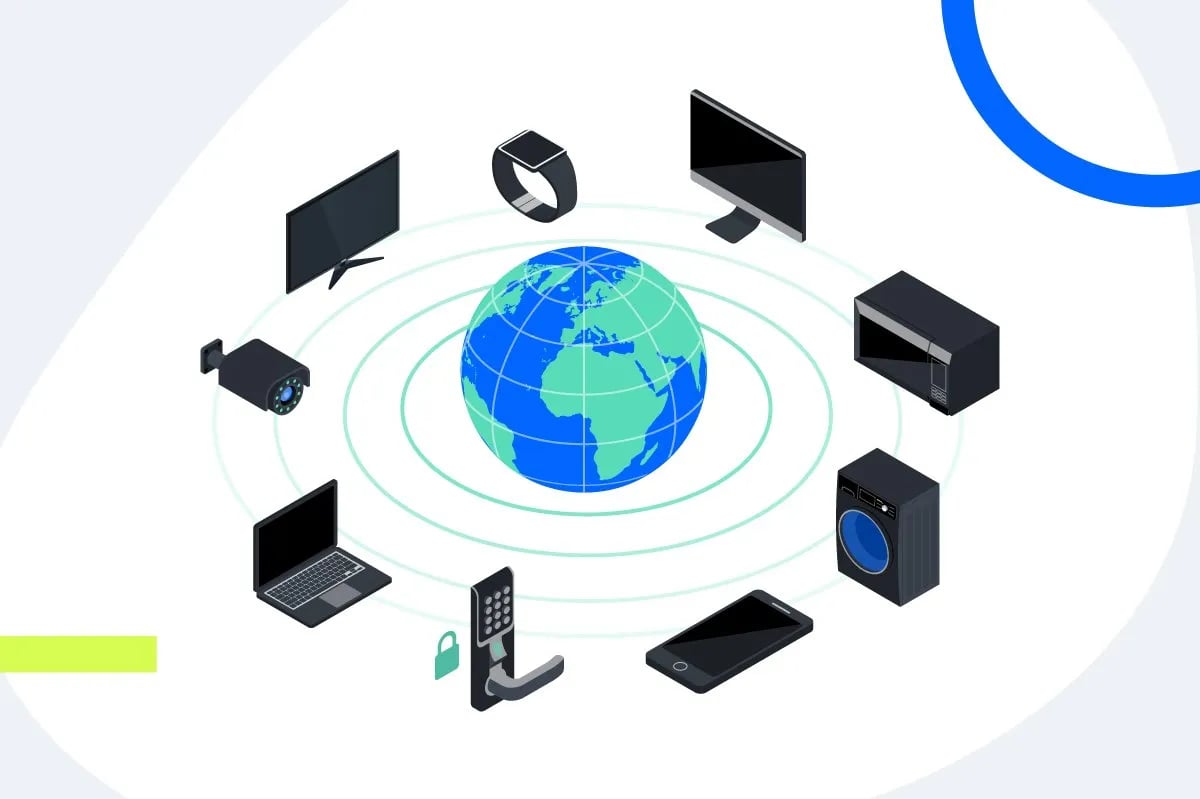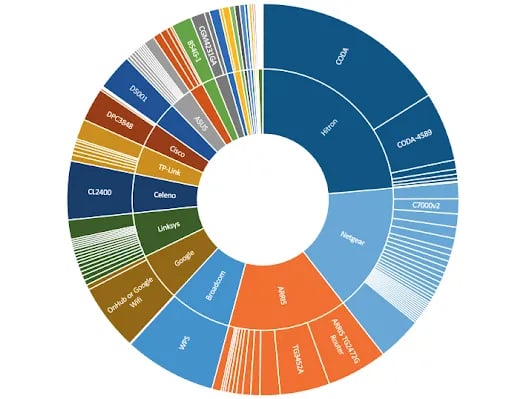3 essential considerations for global smart home support

Today’s connected device support teams are realizing that global audiences, while great for sales and the business, bring with them a unique set of challenges. These support teams aren’t just trying to resolve WiFi issues without any knowledge of the end user’s home environment; they need to be able to do so in multiple languages, with infinite hardware possibilities in mind, at all times of the day.
Here are a few of the challenges that come with global consumers—and what smart home brands can do to combat them.
Language barriers
As a global brand, you’re going to get support requests from people all over the world who expect your agents to be able to communicate with them in their language. Unfortunately, from a support operations perspective, it’s just not feasible to hire agents that are fluent in multiple languages.
What you can do
To help your team overcome language barriers, look into options like chatbots—they’re easily localized to a customer’s native tongue—and pair these bots with methods for routing tickets to agents who can speak specific languages when you need to.
Alternatively, some ISP support platforms have options to provide translated or even visual support, which can help agents communicate effectively even if they can’t speak a customer’s language.
Time differences
You know what they say—it’s always five o’clock somewhere. That means it’s always every other hour of the day somewhere, too. Having a global user base means you have customers in every imaginable time zone, so your support team needs to be available 24/7.
One common approach to this issue is a follow-the-sun model, which necessitates setting up multiple contact centers in these time zones—but that can quickly become expensive.
What you can do
To help your team manage constant support hours, your best resource will be self-service support. Proper options for support that customers can access on their own means that if they have an issue, they don’t need to wait for a support center to be open—they can resolve it on their own time.
Hardware variances
There’s no universal rule for WiFi routers, pods, or even setups—which means the number of combinations your support team will need to be able to deal with is staggering.
In fact, we recently examined how many different routers the average internet service provider’s support team needs to work with. We found that this is what an ISP’s typical hardware breakout would look like:

Given that an ISP’s subscriber base is typically limited by geography, even this incredibly segmented chart would only represent a fraction of what a smart home support agent would need to know and work with.
What you can do
While there’s no way to stop hardware from being a barrier, you can stop it from being an issue. To help your team work around a customer’s hardware setup, you’ll want to investigate methods of troubleshooting WiFi connectivity issues that can skip the entire step of needing to access or step over any hardware—especially any solutions that can directly access the WiFi network.
